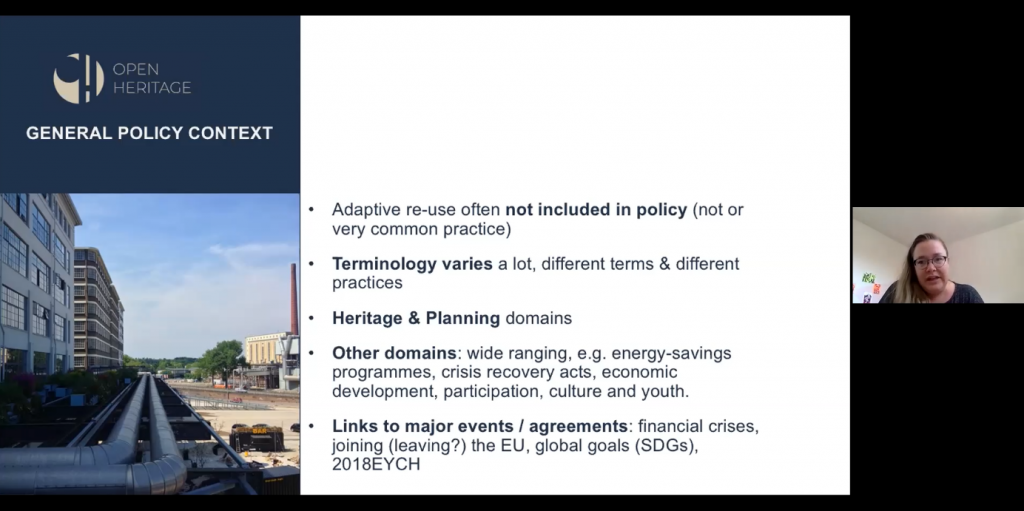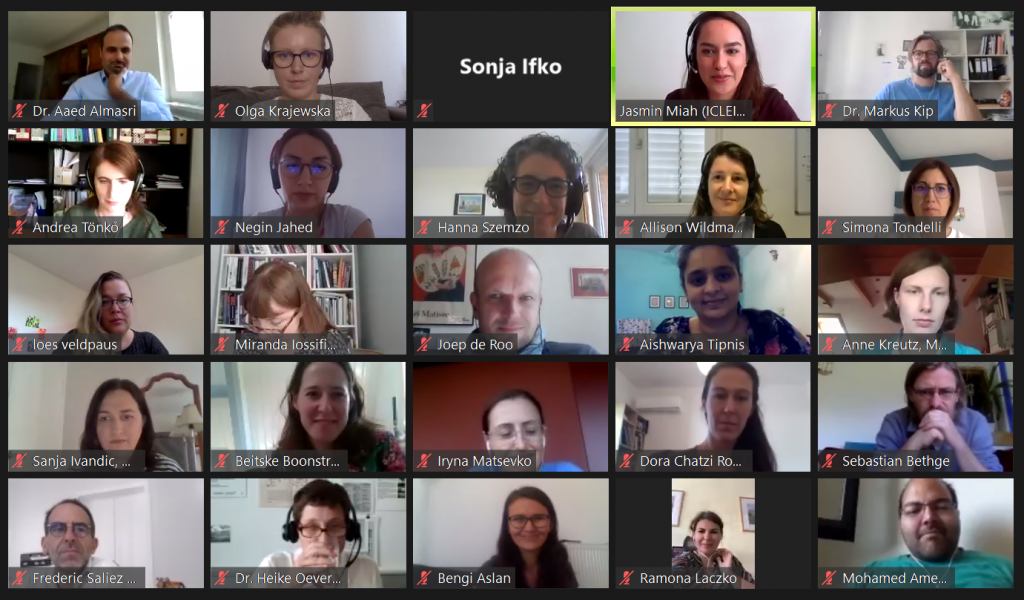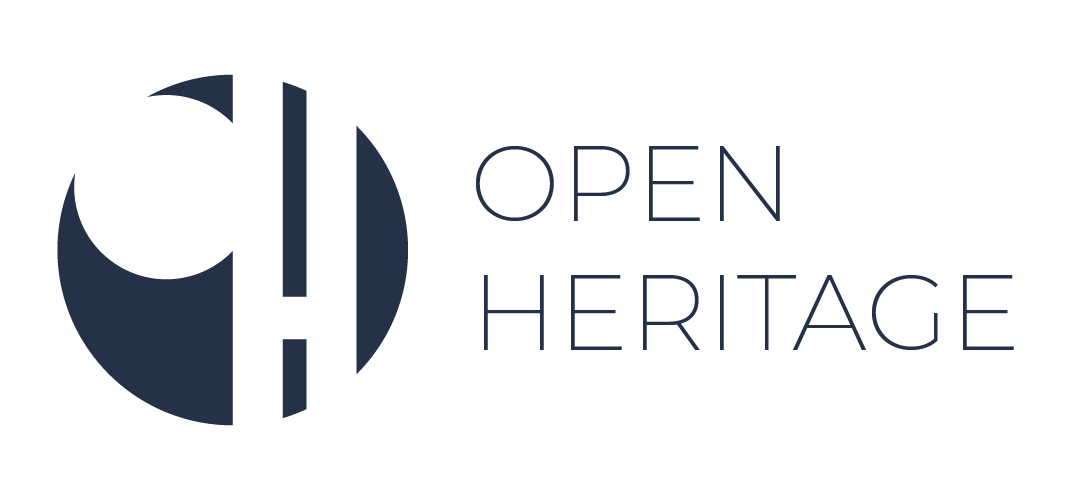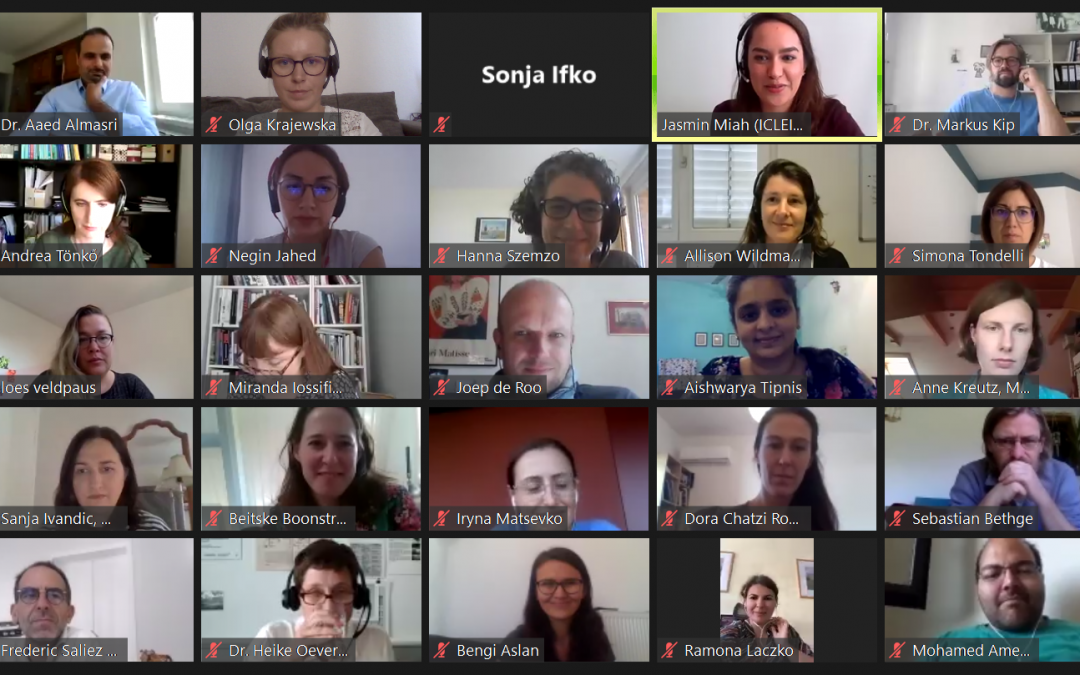The OpenHeritage project has kicked off its Dialogue series last week. The first Dialogue, on 22 September, took place online and looked at current heritage reuse policies across Europe. The event was attended by sixty participants working on cultural heritage with whom we reflected on policy and regulatory barriers to the successful implementation of adaptive heritage reuse projects. As a basis for our discussions we used results delivered by the OpenHeritage researchers who investigated and mapped heritage reuse policies and governance frameworks in fifteen countries across Europe. If you are interested in the topic of our first Dialogue, click here to read a summary of the OpenHeritage research and here to watch the recording of the first session! You can also see and download all slides here.
Our first panellist, Loes Veldpaus from the Newcastle University, co-author of the OpenHeritage Report on current policies and regulations on adaptive heritage reuse, shared with us some of its key findings. Loes shed light on such aspects as complexity and contradictions within the planning and heritage systems and the lack of coordination and cooperation between authorities. She highlighted that in addition to the extensive knowledge of heritage systems, a lot of creativity in how to use and navigate the systems is necessary to be able to do adaptive reuse projects.

So how can we change heritage systems and governance to be more supportive towards adaptive heritage reuse projects? In the second presentation, Allison Wildman, Senior Officer for Governance and Social Innovation at ICLEI Europe, presented the most relevant learnings from the CLIC Report on circular governance models for adaptive reuse of cultural heritage that she co-authored. The circular governance model is “a values-based, principled approach for valorising, protecting, and sustaining cultural heritage assets as a process to encourage high-quality adaptive reuse cultural heritage projects as a common good of society”. Applying such an approach could potentially bring many benefits, such as reducing waste and energy use, preserving heritage sites, engaging a wider support community for long-term custodianship and many more.
In the final presentation, we learned more about rural perspectives on adaptive heritage reuse from Simona Tondelli, coordinator of the RURITAGE project. In her presentation, Simona shared some lessons learned about governance facilitating rural regeneration, including collaboration between stakeholders and training, financial, political and technical coordination from the key actors and high level of community participation.
These three topical inputs led us to discussions in breakout rooms where participants and panellists could reflect together on the biggest challenges for adaptive heritage reuse projects in the governance context, as well as on current and future trends and emerging changes. Access to funds and financing, cooperation between different stakeholders, strong civil society, support from the EU were named, among others, as enabling factors for adaptive reuse projects.

At the end of the Dialogue, we passed the floor over to the representatives of the European Commission Giulia Facelli from DG R&I and Maciej Hofman from DG EAC, as well as to Frédéric Saliez from UN-Habitat, to address questions on the EU’s role, plans and engagement and financial support for adaptive heritage reuse projects.

This interactive Dialogue was a part of the OpenHeritage Dialogue Series focusing on key aspects of adaptive heritage reuse while sharing and discussing OpenHeritage results with relevant stakeholders and multipliers. Stay tuned and join one of our other Dialogues to dive deeper into the topic of adaptive heritage reuse!
Click here to sign up to receive updates on the second Dialogue “Sharing and Caring: Partnerships for adaptive heritage reuse” (12 November 2020, online).

